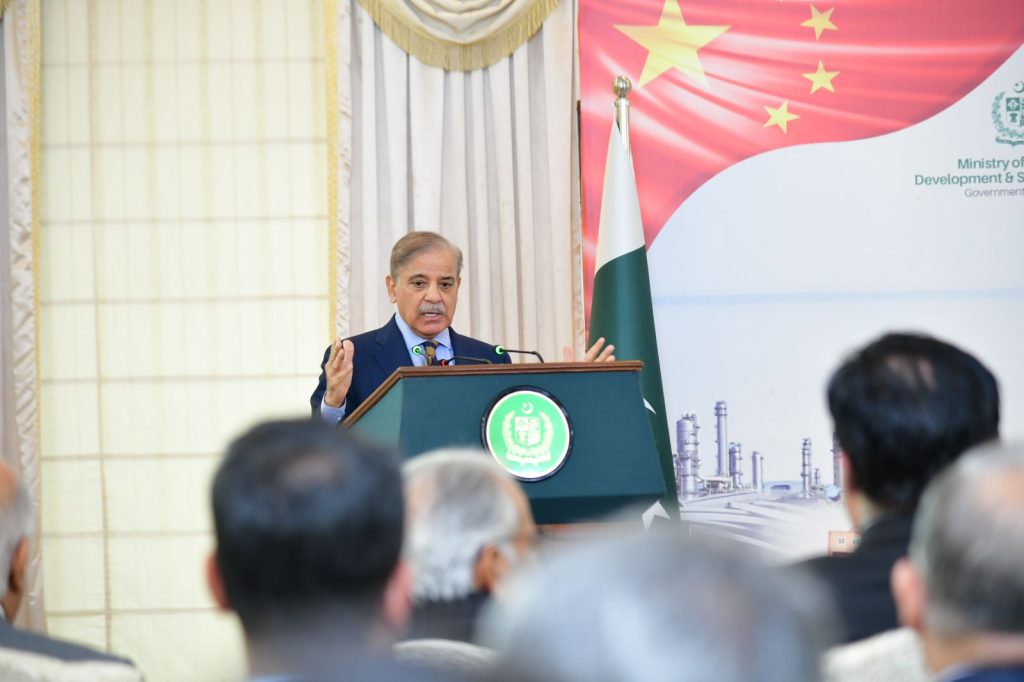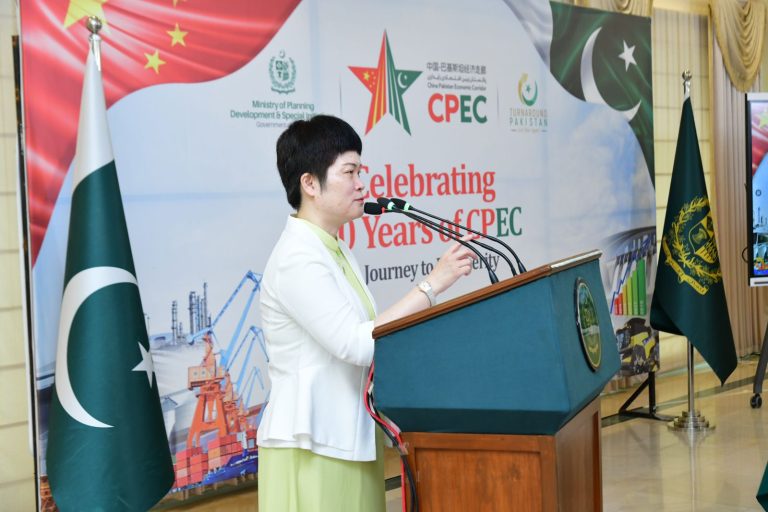The China Pakistan Economic Corridor (CPEC) is a significant bilateral initiative that has reshaped economic and strategic relations between China and Pakistan. Launched in 2013 as part of China’s Belt and Road Initiative (BRI), CPEC aims to enhance regional connectivity through infrastructure development, energy projects, and trade facilitation. This comprehensive partnership has brought transformative changes to Pakistan’s economic landscape and holds the potential to boost the region’s economic integration.
Background and Objectives of CPEC

Strategic Significance
CPEC is a cornerstone project of the Belt and Road Initiative, which seeks to enhance China’s connectivity with Asia, Africa, and Europe. The corridor provides China with a direct route to the Arabian Sea through Pakistan’s Gwadar Port, significantly shortening the distance for Chinese goods to reach global markets. For Pakistan, CPEC offers an opportunity to enhance its infrastructure, attract foreign investment, and create jobs.
Key Objectives
The primary objectives of CPEC include improving infrastructure, developing energy resources, enhancing trade routes, and fostering economic development in Pakistan. The initiative is designed to address Pakistan’s infrastructure deficits, stimulate economic growth, and promote regional stability through enhanced economic cooperation.
Key Components of CPEC
Infrastructure Development
One of the major components of CPEC is the development of transportation infrastructure. This includes the construction of highways, railways, and expressways to connect major cities and industrial zones. The construction of the Karakoram Highway (KKH) Phase II and the Lahore-Karachi Motorway are key projects under this component. These infrastructure projects are expected to reduce transportation costs, improve trade efficiency, and facilitate regional connectivity.
Energy Projects
China Pakistan Economic Corridor also focuses heavily on addressing Pakistan’s chronic energy shortages. Numerous energy projects have been initiated under CPEC, including coal, hydroelectric, and renewable energy plants. The Sahiwal Coal-Fired Power Plant, the Port Qasim Coal-Fired Power Plant, and the Karot Hydropower Project are among the significant energy projects completed under CPEC. These projects aim to enhance Pakistan’s energy generation capacity, reduce power outages, and support industrial growth.
Gwadar Port Development
Gwadar Port, located in Pakistan’s southwestern province of Balochistan, is a central feature of CPEC. The development of Gwadar includes building port facilities, a free trade zone, and an international airport. The port is strategically important as it offers China direct access to the Arabian Sea, bypassing the Malacca Strait. For Pakistan, Gwadar’s development is expected to boost trade, create jobs, and transform the region into a commercial hub.
Special Economic Zones (SEZs)
To stimulate economic activity and attract foreign investment, CPEC includes the development of Special Economic Zones (SEZs) across Pakistan. These zones offer tax incentives, infrastructure facilities, and business-friendly regulations to investors. Some notable SEZs include the Rashakai SEZ in Khyber Pakhtunkhwa, the Allama Iqbal Industrial City in Faisalabad, and the Dhabeji SEZ in Sindh. These zones are expected to spur industrial growth, create employment opportunities, and promote technology transfer.
Economic Impact of CPEC
Boost to GDP and Investment
China Pakistan Economic Corridor has been projected to have a significant impact on Pakistan’s GDP growth. The influx of Chinese investment, estimated to be over $60 billion, has boosted infrastructure development, energy production, and industrialization. This investment has not only created jobs but also improved Pakistan’s investment climate, attracting further foreign direct investment (FDI).
Job Creation and Skill Development
The development of infrastructure and energy projects under CPEC has generated thousands of jobs for Pakistani workers. Additionally, the projects have provided opportunities for skill development and technology transfer. Training programs and partnerships with Chinese companies have equipped Pakistani workers with new skills, contributing to the country’s human resource development.
Regional Development and Connectivity
CPEC is expected to significantly enhance regional connectivity, linking Pakistan with China’s Xinjiang region and other Central Asian countries. The improved infrastructure and trade routes will facilitate regional trade and economic integration. Furthermore, the development of Gwadar Port and its connectivity with China’s western regions will provide landlocked countries in Central Asia access to international trade routes.
Challenges and Criticisms
Debt Sustainability
One of the major concerns surrounding CPEC is the potential for increased debt burden on Pakistan. Critics argue that the loans and financial commitments associated with CPEC projects could lead to unsustainable debt levels, putting pressure on Pakistan’s economy. However, supporters argue that the long-term economic benefits of CPEC, such as improved infrastructure and increased economic activity, will outweigh the costs.
Security Concerns
The security situation in certain areas of Pakistan poses challenges to the successful implementation of CPEC projects. Balochistan, where Gwadar is located, has experienced insurgency and unrest, raising concerns about the safety of infrastructure and personnel involved in the projects. The Pakistani government has taken measures to enhance security, including establishing special security forces dedicated to protecting CPEC infrastructure and workers.
Local Participation and Benefits
Another criticism of CPEC is the perceived lack of local participation and benefits. Some stakeholders have expressed concerns that Chinese companies and workers are disproportionately involved in CPEC projects, limiting opportunities for local businesses and workforce. Addressing these concerns involves ensuring that local companies and workers are adequately included in project planning and implementation.
Future Prospects and Conclusion
China Pakistan Economic Corridor represents a major opportunity for economic transformation and regional integration. The continued development of infrastructure, energy projects, and special economic zones will be critical in achieving the initiative’s goals. For Pakistan, the successful implementation of CPEC can lead to sustained economic growth, improved connectivity, and enhanced geopolitical significance.
Looking ahead, addressing challenges such as debt sustainability, security, and local participation will be crucial to maximizing the benefits of CPEC. With careful planning and strategic partnerships, CPEC can serve as a catalyst for economic development and prosperity, not only for Pakistan but for the entire region.
To explore further, click here


